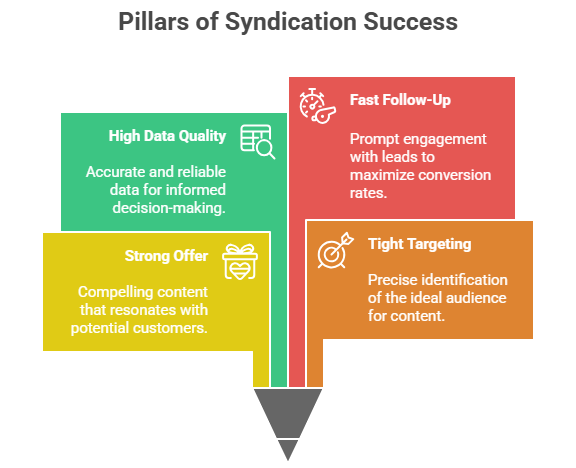 Who currently controls your website? If it’s your IT department, it’s time for a change. A website isn’t like your local network or your intra-office phone system; it’s about interfacing with your public, not getting machines to cooperate with other machines. Web development should be under the aegis of marketing, not your tech wizards. They’re fantastic at what they do, but just as you wouldn’t set your marketing coordinator in charge of data security, your IT team shouldn’t control your primary point of contact with customers.
Who currently controls your website? If it’s your IT department, it’s time for a change. A website isn’t like your local network or your intra-office phone system; it’s about interfacing with your public, not getting machines to cooperate with other machines. Web development should be under the aegis of marketing, not your tech wizards. They’re fantastic at what they do, but just as you wouldn’t set your marketing coordinator in charge of data security, your IT team shouldn’t control your primary point of contact with customers.
If you’re ready to free IT to focus on technological development and hand the reins of your site to marketing, here’s your road map.
Make Ease of Use a Priority
Today’s web tools don’t demand expertise in HTML, Flash or CSS. Setting up a WordPress blog, creating a Facebook page or updating website text on a pre-existing template is no more difficult than composing an email and attaching a file. If your current site is a labyrinthine network of nested pages and complex code, consider scrapping it and letting a web design team create a more functional site your marketing personnel can maintain without stress. Sites must change frequently to accommodate new information or include additional pages, so being able to make changes on the fly keeps you current.
Establish Marketing Goals
An IT-oriented web design pro might consider a site successful if it uses leading-edge technology and works flawlessly, but marketing goals align more closely with how the site functions. Concrete metrics such as increasing traffic by a given percentage over a set time or fulfilling a conversion goal are primary concerns for a marketing-driven website. Be specific and detailed in what the site should accomplish, then use simple but powerful site analytics to measure performance against those goals. Google Analytics makes marketing efforts on your site easily measurable and requires little or no supervision to set up.
Pay Attention to ROI
Tracking the time and money you invest in your site and measuring your returns on those investments brings your website in line with your company’s aims. The conventional model of the IT-driven website is more about the construction and performance itself than about the effects those efforts have, but marketing is highly result-oriented. Keep in mind that your initial investment will be larger than the time your creative team will spend later once they’re entirely familiar with how to update and maintain the site. For frequently updated sites and SEO, you might find it cost-effective to hire a content creator or marketing management firm instead of creating work in-house.
Get Connected
A marketing message that integrates web design, social media, direct mail and other key channels is vastly more effective than the sum of its parts. Marketers are masterful at weaving disparate channels into a single cohesive message, and that includes bringing site design and content into the mix. One marketing coordinator or content creator can usually take care of social media updates, blog post publication and site updates in far less time than it would take to send the work to a different department, especially if changes needed multiple rounds of edits and updates. Putting website design under the same roof as other marketing channels makes connecting everything simpler.
Even 15 years ago, web technology was complex while marketing was fairly simple. Today, those positions have reversed. Easy access to website design, development and maintenance tools let site builders construct beautiful sites that any content creator can maintain. Marketing, meanwhile, has been transformed by the ascendancy of social media and the rise of e-commerce. It makes sense, then, to let marketing guide site design.
The web design team at Reach Marketing can build websites from the ground up, expand your web presence with a customized blog or transform your current site into an exciting and user-friendly experience for your customers. Contact the team at 855.867.3224.
© Reach Marketing LLC – 2014 All Rights Reserved.



